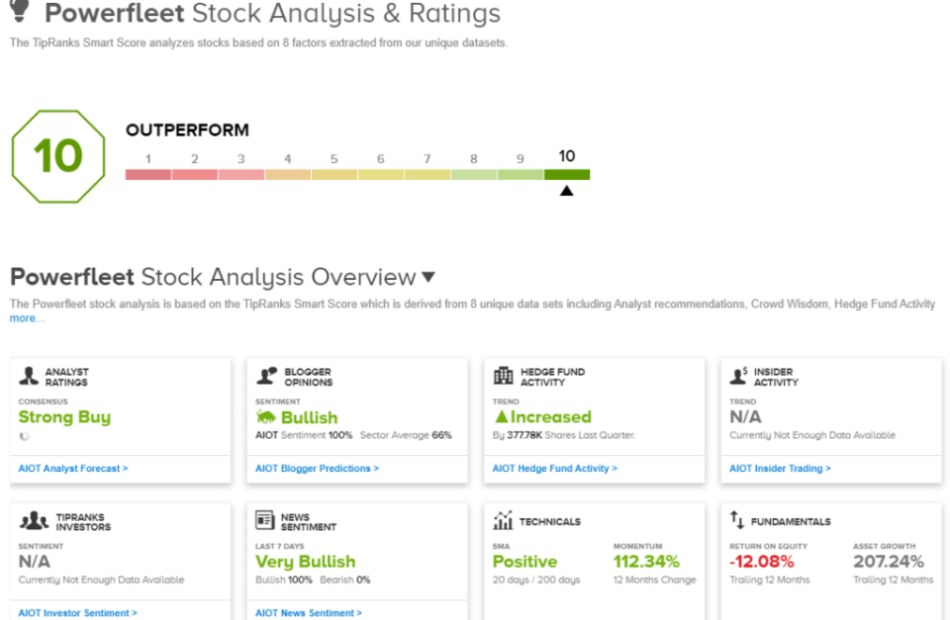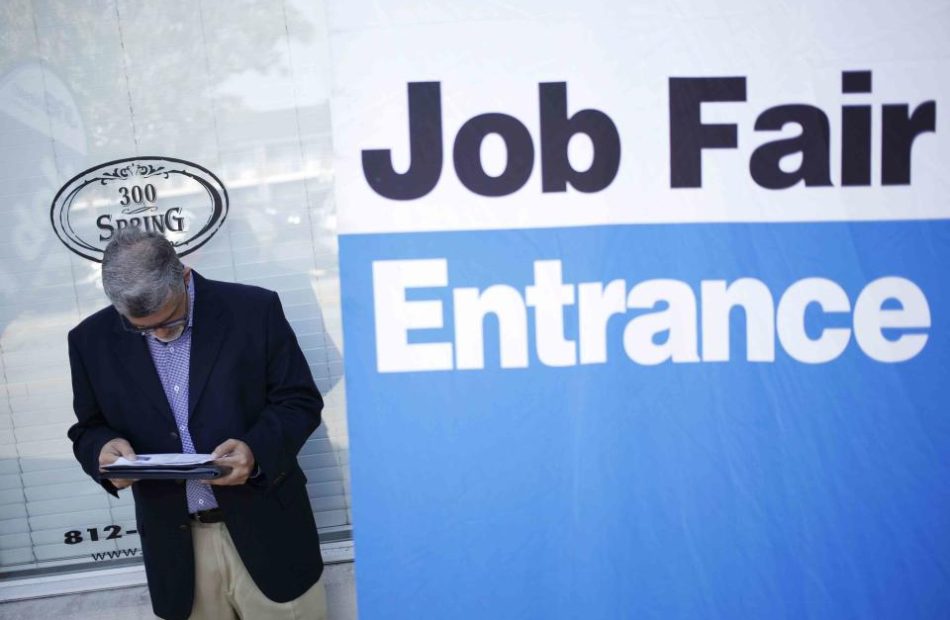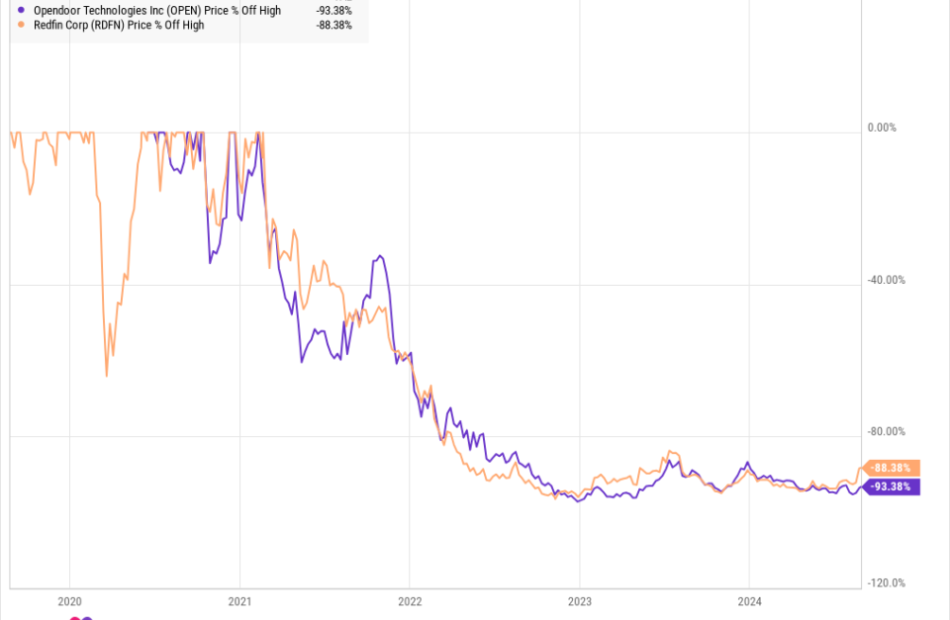NEW YORK, Sept. 01, 2024 (GLOBE NEWSWIRE) — Leading securities law firm Bleichmar Fonti & Auld LLP announces that a lawsuit has been filed against Arbor Realty Trust, Inc. ABR and certain of the Company’s senior executives.
If you invested in ABR, you are encouraged to obtain additional information by visiting https://www.bfalaw.com/cases-investigations/arbor-realty-trust-inc.
Investors have until September 30, 2024 to ask the Court to be appointed to lead the case. The complaint asserts claims under Sections 10(b) and 20(a) of the Securities Exchange Act of 1934 on behalf of investors in ABR securities. The case is pending in the U.S. District Court for the Eastern District of New York and is captioned Lois Martin v. Arbor Realty Trust, Inc., et al., No. 24-cv-05347.
What is the Lawsuit About?
ABR is a nationwide real estate investment trust (“REIT”) and direct lender, providing loan origination and servicing for commercial real estate assets. The complaint alleges that during the relevant period, ABR misrepresented the health of the Company’s loan book. In truth, ABR used fake holding companies to help conceal that its loan book was distressed, and the underlying collateral was overstated.
On March 14, 2023, NINGI Research published a report which claimed, among other things, that “Arbor has been hiding a toxic real estate portfolio of mobile homes with a complex web of real and fake holding companies for more than a decade.” This news caused the price of ABR stock to decline by $0.87 per share, or almost 7%, to close at $12.12 per share on March 14, 2023.
Then, on December 5, 2023, Viceroy Research published an in-depth study of ABR’s Jacksonville, Florida properties. Viceroy found that the Company’s entire loan book is distressed and the underlying collateral is vastly overstated. This news caused the price of ABR stock to decline by $0.19 per share, or over 1%, to close at $13.67 per share on December 5, 2023.
Finally, on July 12, 2024, Bloomberg reported that ABR was “being probed by federal prosecutors and the Federal Bureau of Investigation in New York.” According to the news report, “[t]he investigators are inquiring about lending practices and the company’s claims about the performance of their loan book.” This news caused the price of ABR stock to decline by $2.64 per share, or almost 17%, to close at $12.89 per share on July 12, 2024.
Click here if you suffered losses: https://www.bfalaw.com/cases-investigations/arbor-realty-trust-inc.
What Can You Do?
If you invested in ABR, you have rights and are encouraged to submit your information to speak with an attorney.
All representation is on a contingency fee basis, there is no cost to you. Shareholders are not responsible for any court costs or expenses of litigation. The Firm will seek court approval for any potential fees and expenses. Submit your information by visiting:
https://www.bfalaw.com/cases-investigations/arbor-realty-trust-inc
Or contact:
Ross Shikowitz
ross@bfalaw.com
212-789-3619
Why Bleichmar Fonti & Auld LLP?
Bleichmar Fonti & Auld LLP is a leading international law firm representing plaintiffs in securities class actions and shareholder litigation. It was named among the Top 5 plaintiff law firms by ISS SCAS in 2023 and its attorneys have been named Titans of the Plaintiffs’ Bar by Law360 and SuperLawyers by Thompson Reuters. Among its recent notable successes, BFA recovered over $900 million in value from Tesla, Inc.’s Board of Directors (pending court approval), as well as $420 million from Teva Pharmaceutical Ind. Ltd.
For more information about BFA and its attorneys, please visit https://www.bfalaw.com.
https://www.bfalaw.com/cases-investigations/arbor-realty-trust-inc
Attorney advertising. Past results do not guarantee future outcomes.

Market News and Data brought to you by Benzinga APIs
© 2024 Benzinga.com. Benzinga does not provide investment advice. All rights reserved.















